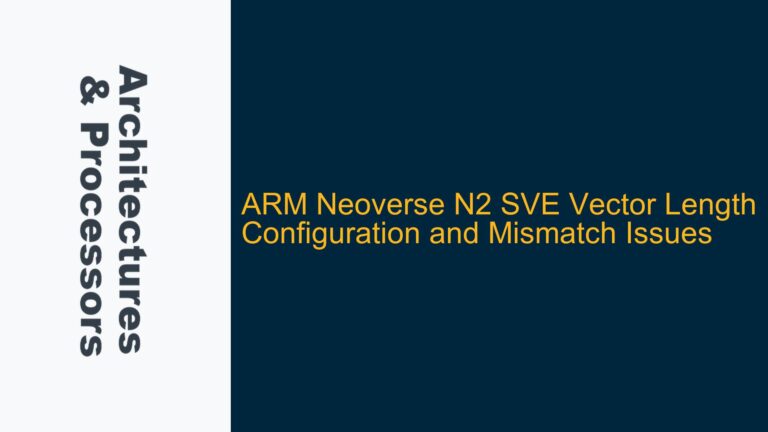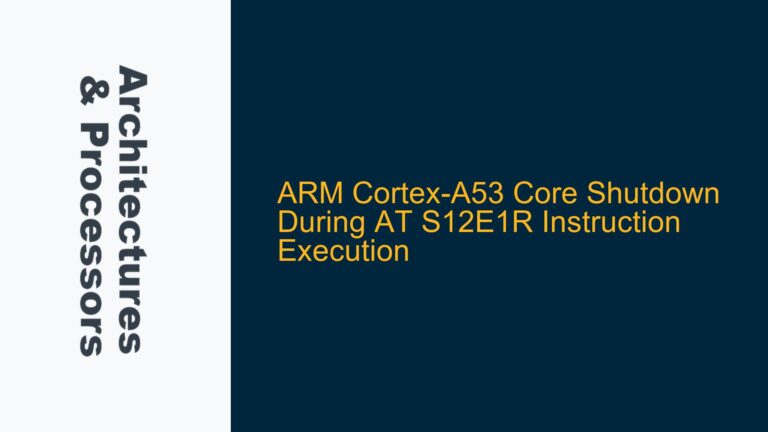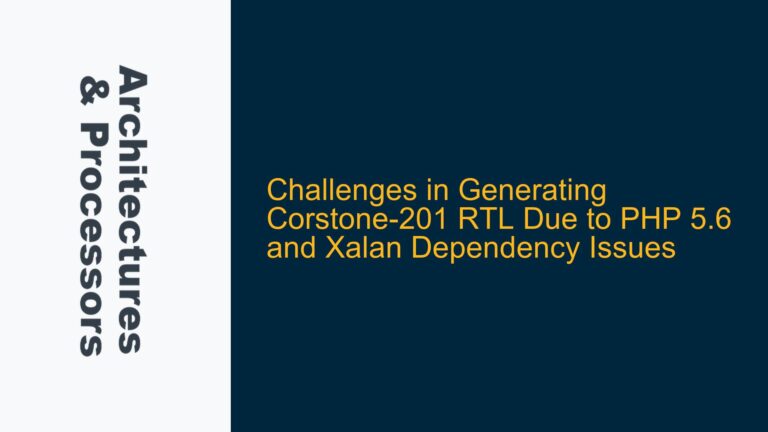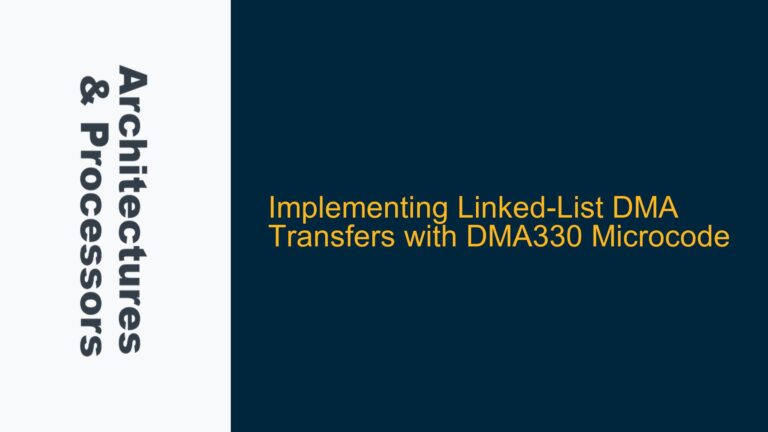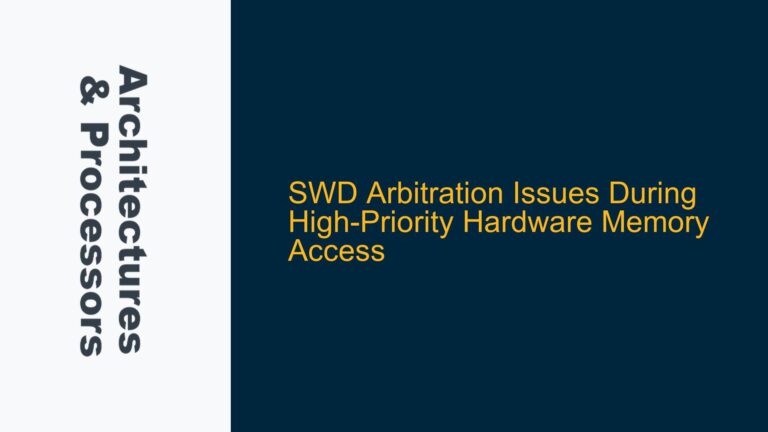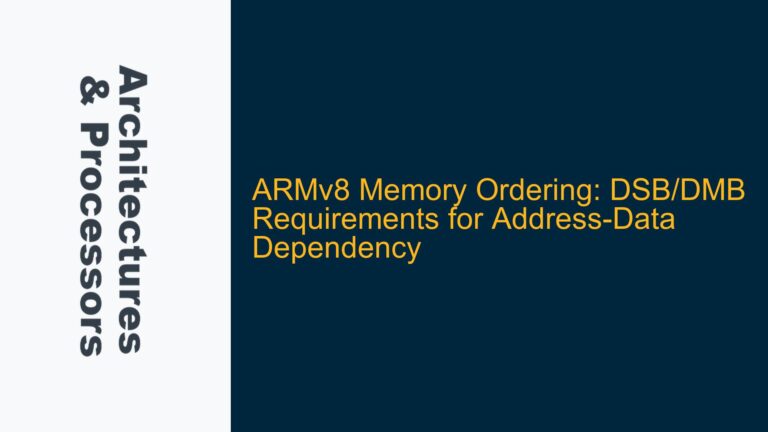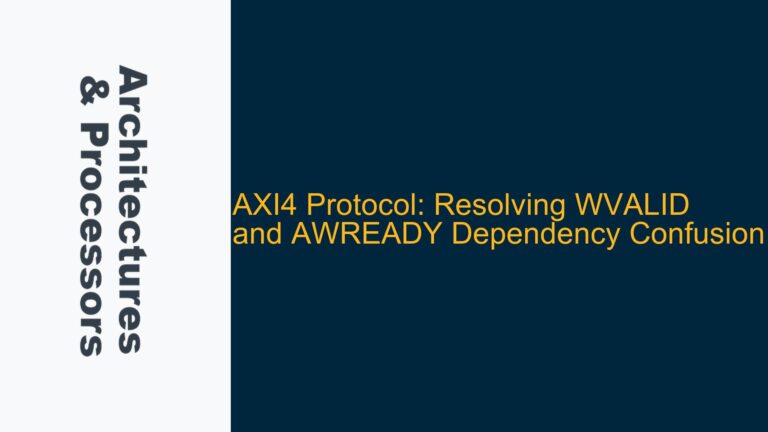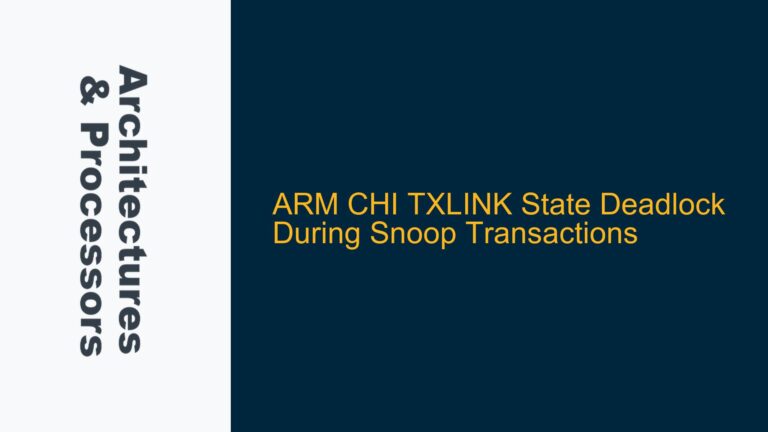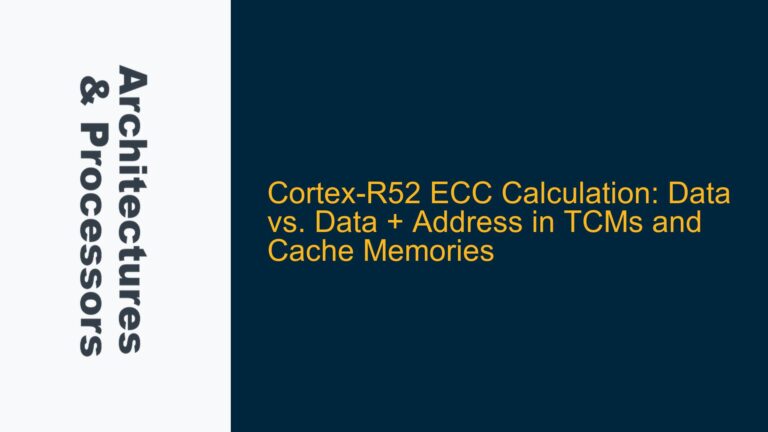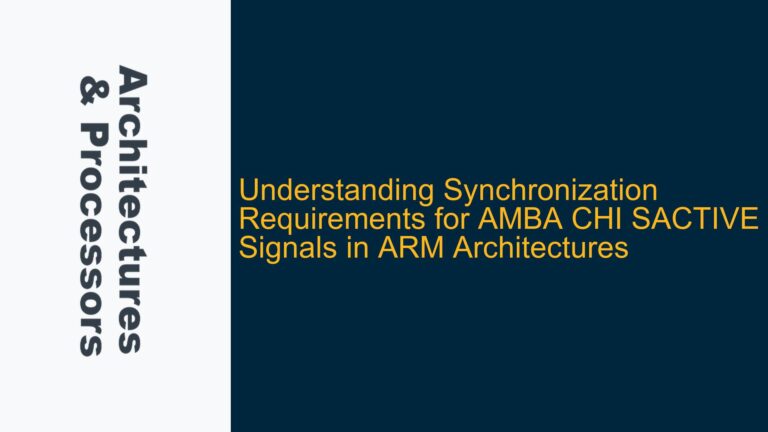ARM Neoverse N2 SVE Vector Length Configuration and Mismatch Issues
ARM Neoverse N2 SVE Vector Length Configuration Mismatch at EL0 The ARM Neoverse N2 processor, a high-performance core designed for infrastructure and cloud workloads, implements the Scalable Vector Extension (SVE) as part of its architecture. SVE allows for variable vector lengths, which can be configured through system registers such as ZCR_EL3, ZCR_EL2, and ZCR_EL1. However,…
